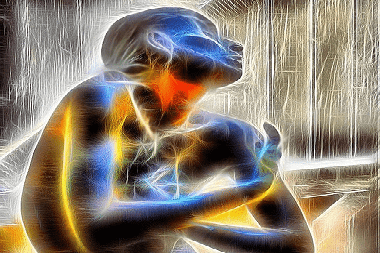Neurological diseases >>>> Chorea - what is it?
Chorea - what is it?

Chorea (St. Vitus Dance) - muscle hyperkinesis, expressed in erratic, abrupt, sweeping, spontaneous movements of the limbs (as well as facial muscles, neck, tongue), sometimes reminiscent of a dance. Hyperkinesis in chorea is caused by damage to the basal ganglia of the brain (various parts of the brain are affected: cortex, subcortical nodes, dentate nuclei of the cerebellum, large hemispheres, membranes).
Distinguish between primary chorea - hereditary and secondary - provoked by factors that cause damage to the basal nuclei of the brain. Among the factors are infectious diseases of viral or bacterial etiology, toxic brain damage, metabolic disorders, rheumatic diseases, vascular disorders, injuries, immune disorders, abuse of certain drugs (antiemetic drugs), hormonal disorders.
Chorea treatment depends on the causes of its occurrence and is etiotropic and symptomatic. With etiotropic therapy, the therapeutic effect is aimed at the cause that provoked secondary chorea (antimicrobial drugs, detoxification measures, immunosuppressants, nootropic drugs, antiplatelet drugs, hormonal metabolism correctors, B vitamins).
Symptomatic therapy is carried out with drugs - neuroleptics (haloperidol).
Surgical treatment of chorea is aimed at breaking the connections in those foci of the brain that support hyperkinesis, which makes it possible to reduce the intensity of spontaneous movements.

Read

Read



























